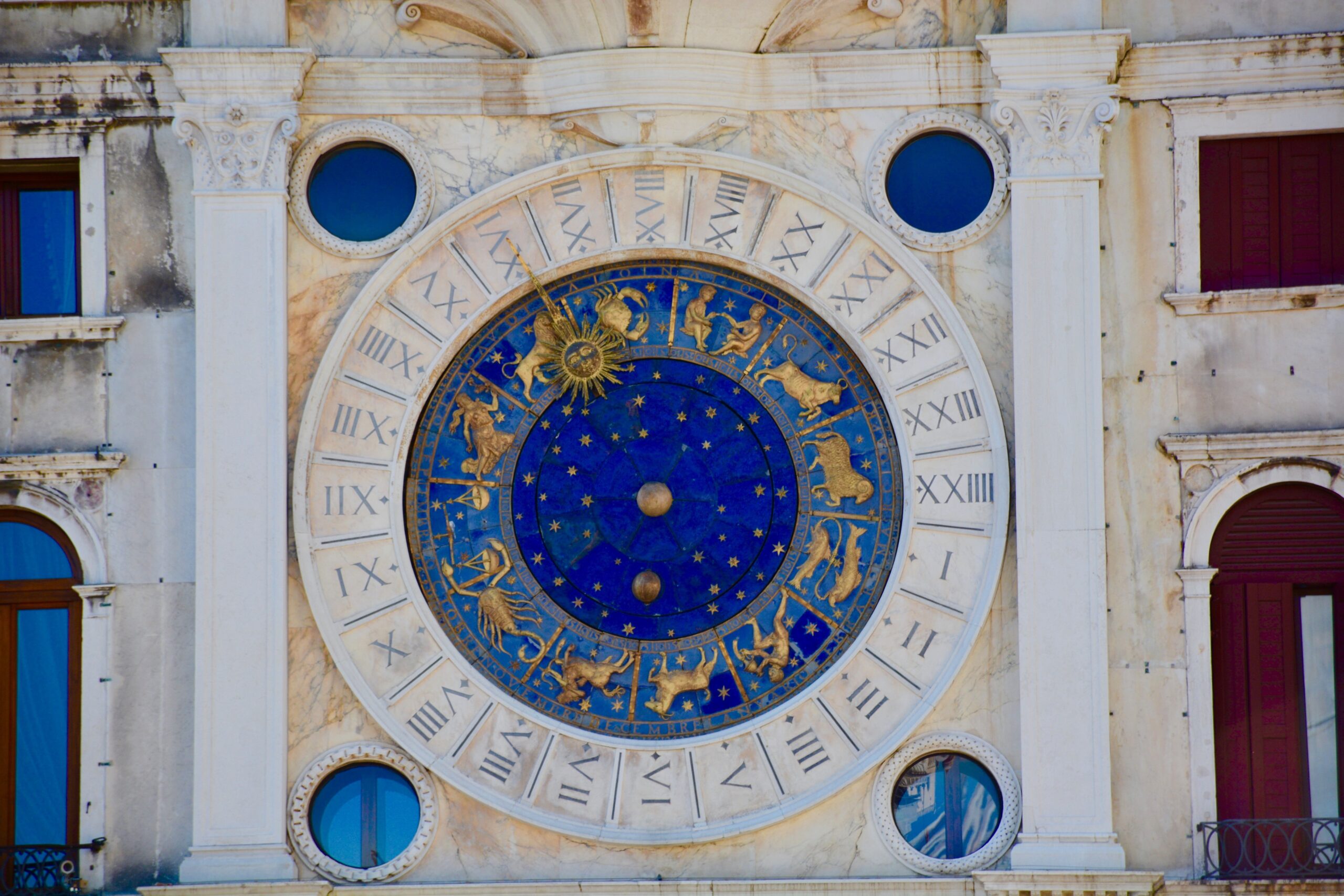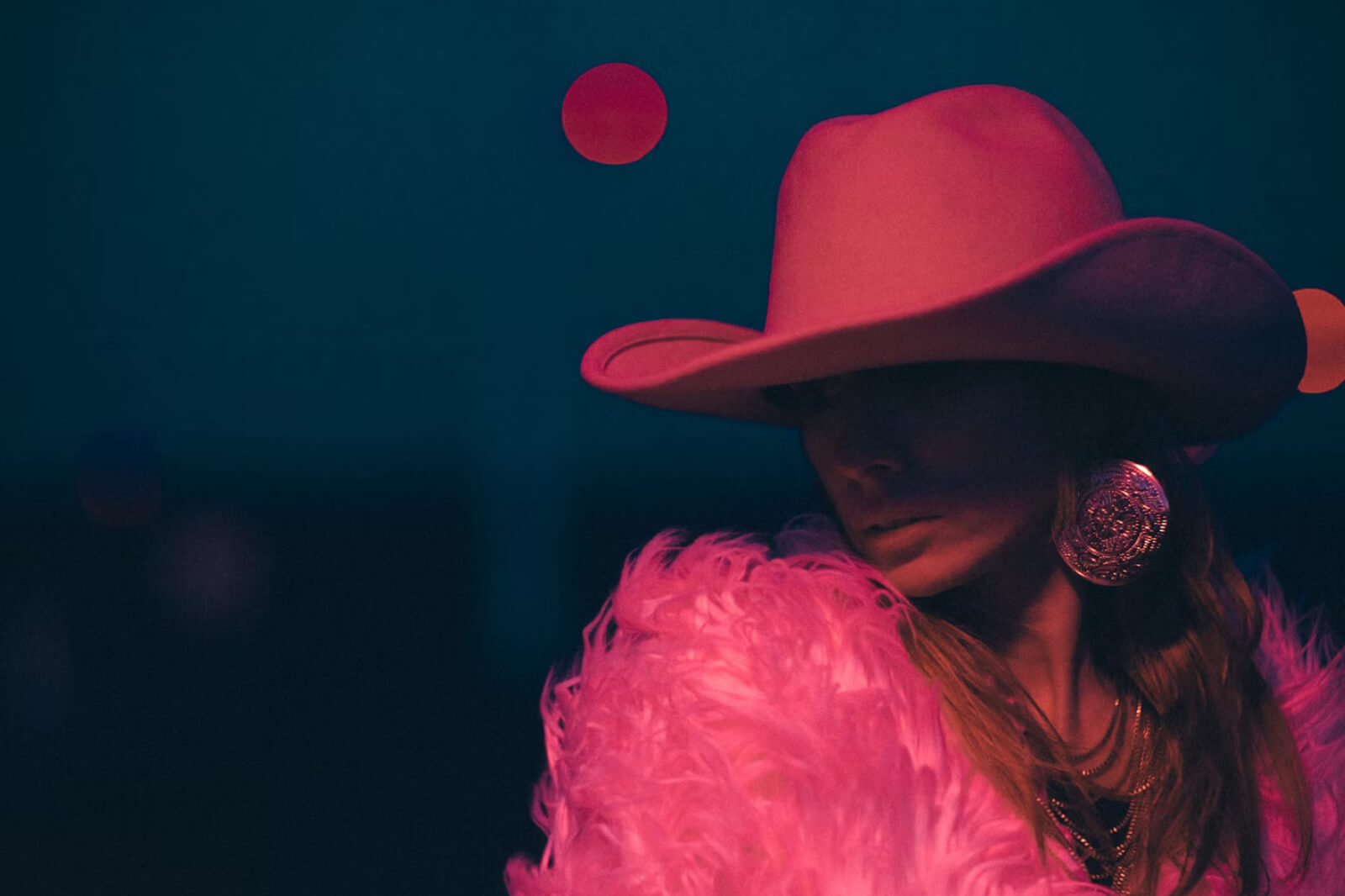CULTURE
Is the Great Conjunction Really the Dawning of the Age of Aquarius?
21 Dec, 20

Great Conjunction
Photo by Josh Rangel on Unsplash
Tonight, on the longest night of the year, two bright planets will briefly become one.
If you weren’t already aware, on December 21st, 2020, Saturn and Jupiter will meet in the sky. It’s the first time they’ll be this close in 800 years, and a conjunction of this magnitude won’t happen again until 2080.
“Alignments between these two planets are rather rare, occurring once every 20 years or so, but this conjunction is exceptionally rare because of how close the planets will appear to one another,” said Rice University astronomer Patrick Hartigan. “You’d have to go all the way back to just before dawn on March 4, 1226, to see a closer alignment between these objects visible in the night sky.”
The planets have been inching closer and closer to each other since September 2020. Today, their separation will dwindle to around 0.1 degrees, and to us Earthlings, the planets will resemble a single star.
This event is being referred to as “The Great Conjunction.” It’s also being called the “Christmas star” or the “Bethlehem star,” as it’s come just in time for Christmas. The fact that the star is being called the “Bethlehem star” has also inspired many to speculate on the event’s deeper meaning. Perhaps it’s time for the next great savior to descend to earth (or for the antichrist and the revelation to actually take hold; I mean, who would expect anything less from the end of 2020?)
The Astrological Significance of the Great Conjunction
Great Conjunctions happen every 20 years or so, but this particular one is deeply significant for many reasons. First, it falls at the end of one of the most terrifying and unpredictable years in modern history. It actually seems fitting that this year would end with a major astrological event that apparently signifies the dawn of a new era.
Astrologers say this event signifies that we have reached a juncture in between one era and the next. To understand why, we need to look to the planets themselves.
Saturn-Jupiter conjunctions are particularly powerful because of the way Saturn and Jupiter relate to each other. Saturn generally represents structure and confinement, while Jupiter is often associated with expansion and growth, making their conjunction a merger of opposite forces and a major opportunity for change.
“Together they are like life and death, warp and weft, and their conjunctions signal key moments in the formation of collective reality,” writes Emily Segal for The Guardian.
“Jupiter is expanding energy, and Saturn is subtractive, which creates a generally neutral energy, where we hold immense power in determining how we want this conjunction to manifest,” says astrologer Alexandria Lettman.
This conjunction is also intriguing from an astrological standpoint because it takes place in Aquarius. For the past 200 years, every Jupiter-Saturn planetary conjunction has been in an Earth sign, but now we are entering a new multi-century era of conjunctions that will occur only in air signs, beginning with Aquarius.
Remember the Age of Aquarius, which was supposed to dawn in the heyday of psychedelic 1960s? Some astrologers say it might actually be starting now — or at last, the portal to a better world will open to us all.
Some astrologers say 2020 was the start of the decade of the Great Transformation, also known as the “Jupiter Saturn Pluto Transformation.” After a year of chaos and upheaval, which some astrologers were calling the “Societal Reset” long before COVID-19 upended everything, the Saturn-Jupiter conjunction is supposed to offer us a way forward through the next decade.
What It All Means
So, if we really are entering a new age today, what will define this age?
“A common theme of Great Conjunctions is the shifting, faltering, and crumbling of the systems we have built,” says Lettman. “The underlying themes of the Aquarius Great Conjunction will be resilience, liberation, and replacing toxic systems with healthier, inclusive, and unifying alternatives,” she adds.
“Historically, Earth periods like the one we are about to exit focus on materialism, hierarchies, resource acquisition, territory control, and empire stabilization (see the late Roman empire, high middle ages, and industrial capitalism). Air periods, by contrast, favor the renovation of hierarchies, decentralization, shifting orders, rapid translation, mass mobility, trade networks, and rampant spirituality.”
In an era where capitalism is collapsing and a deep desire for meaning-making and connection to the earth is emerging, this sounds about right.
This particular conjunction “shows us the best way forward is to bring our unique and individual ideas together in community spaces, building teams and coalitions to create change,” suggests astrologer and healer Rachel Lang. “It’s a liberating influence that starts with your questioning your beliefs and thought patterns.”
It seems we are on a revolutionary path, at least according to the nature of this alignment. “Philosophical Jupiter opens our minds, and Saturn creates a structure for our thoughts to become tangible actions,” write astrologers Ophira and Tali Ebut. “And carried on the wings of liberated Aquarius, the winds of revolution are taking flight.”
If 2020 was a year of going underground and excavating the nightmares below, it seems the new age — the Age of Aquarius — is meant to be a time of actualizing, of change, of rising, and rebuilding.
It seems like we’ll be moving away from the coal-heavy capitalism of the Industrial era and into a world of rapid-fire technological expansion and community and mutual aid-oriented life. “What astrologers expect from this elemental shift is humanity moving away from the materialistic and industrialized shadow side of the earth element towards a more humanistic, technological, and inclusive focus,” says astrologer Narayana Montúfar.
Radical change, community, spirituality, and collectivity will be defining traits of this new age. This will bring its own complications, but it is undeniably needed.
“The Great Conjunction in Aquarius can bring ideas of more community-based living, where we are all seen as equals, and where there is focus on everyone thriving rather than just a few individuals,” writes astrologer Tanaaz of the site Forever Conscious. As things fall apart, we’ll grow together.
Of course, this change may not happen all at once. Remember, we’re entering a new era that will define our lives for the long haul. “The Air period may be upon us,” writes Segal, “but certain heavenly revolutions are a slow burn, indeed.”
What the Conjunction Means for You
Though it’s kicking off an ongoing new era, astrologers say that in the short-term, this conjunction might make this holiday week feel extra-intense in the short-term. It may also inspire a desire to give and might inspire new waves of hope for the future.
Some say that this event will fully open a portal that began to open with the solar eclipse on December 14th, allowing powerful frequencies and huge worldwide changes to begin to manifest. At a rather extreme level, “Many other psychics and intuitives have picked up similar messages about December 21st. Many talk about it being a “timeline split” where there will be this further divide out of 3D living and into 5D living,” writes Tanaaz. So stay aware of any cosmic or otherwise significant-seeming broadcasts, and if you get the chance to veer into a deeper dimension and are into that sort of thing, take it.
Of course, the conjunction will have specific meanings for every horoscope.
How to See the Great Conjunction
You should be able to see the Conjunction even if you’re in a city, though of course, finding a clear, dark place to stargaze from doesn’t hurt. You also might want to pull out your binoculars or telescope, though you should be able to see the planets with your naked eye if you know where to look.
If you’re in the Northern Hemisphere, just look southwest. The Christmas star should look like the brightest star in the sky.
The planets will become visible just after sunset and will be visible in their alignment for about 2.5 hours after the sun sets. Remember, this is the shortest day of the year, so check the ETA for your local sunset (it may be earlier than you think).
Happy stargazing, happy holidays, and please enjoy the finale of 2020, which inevitably isn’t going quietly into the good night. Here’s to a decade of transformation, the Aquarian age, and to spring, which — no matter how distant it may seem during these dark days — is always on its way.













